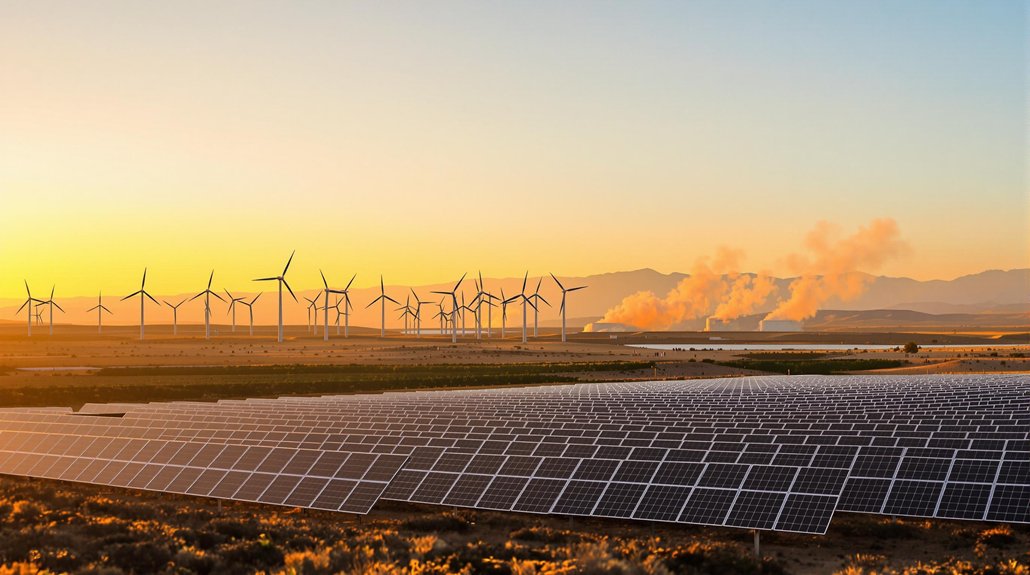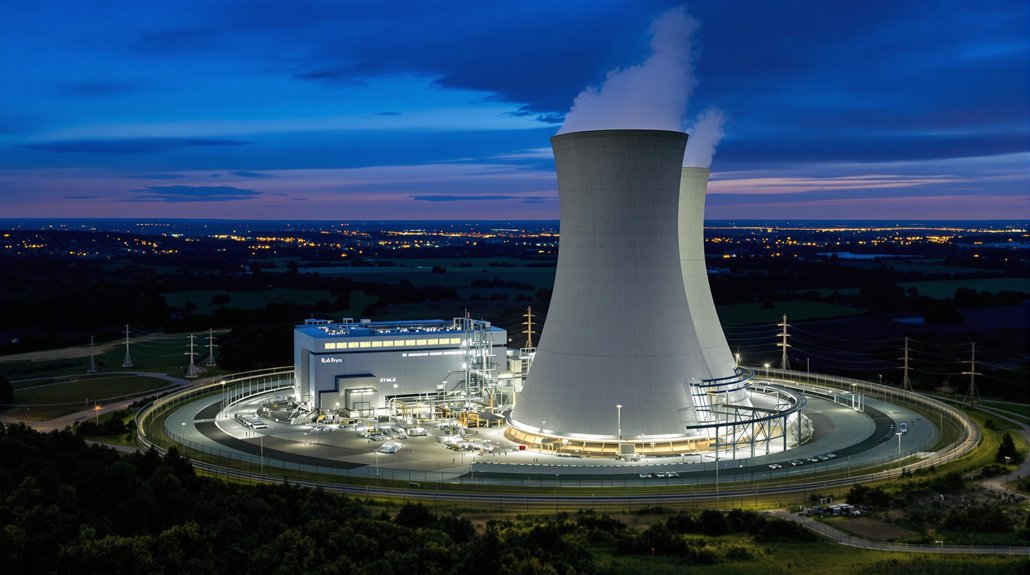A trailblazer in renewable energy, California has transformed America’s power terrain over the past five decades. The state’s journey began in 1960 when The Geysers became the first large-scale geothermal electricity plant in the United States. By the 1970s, California had established the Geothermal Resources Council and secured federal support through the Geothermal Stream Act, cementing its early leadership.
Wind power soon followed. In 1978, wind projects started in Altamont Pass and Tehachapi. By the early 1980s, Altamont Pass wind farm launched as one of the world’s largest at that time. By 1986, California had installed 6,200 turbines with a total capacity of 1,200 megawatts. These early investments positioned California as a clean energy pioneer.
The 1990s brought solar innovation. The Mojave Solar Project achieved breakthroughs in 1996 with solar thermal storage using molten salts. This technology extended energy output even after sunset, solving a key challenge for solar power. These advancements have contributed to the cost reduction of solar technology, which has decreased by 90% over the last decade.
Solar innovation flourished when molten salt storage conquered the sunset problem, revolutionizing renewable energy’s potential.
California’s policy framework has been equally groundbreaking. In 2002, the state adopted its first Renewable Portfolio Standard, requiring 20% of electricity from renewables by 2010. This was followed by AB 32 in 2006, which mandated greenhouse gas reductions to 1990 levels by 2020. Most recently, SB 100 set an ambitious target of 100% clean electricity by 2045.
These policies have created real economic impact. The renewable energy industry now supports hundreds of thousands of jobs across the state. Over $70 billion has been invested in clean energy infrastructure in the past two decades. California utilities have become among the largest renewable energy buyers worldwide.
The environmental benefits are clear. Greenhouse gas emissions from the electricity sector have dropped considerably since 2006. Renewable sources now routinely supply over 30% of in-state electricity.
Despite ongoing challenges with grid reliability and wildfire risks, California’s clean energy model has spread. Other states and countries have adopted similar policies, proving that California’s early desert dreams of renewable energy have indeed led to solar dominance. Under Jerry Brown’s leadership, California became the first state to implement appliance efficiency standards in 1978, creating a foundation for energy conservation that complemented renewable generation.
References
- https://en.wikipedia.org/wiki/Renewable_energy_in_California
- https://www.motherjones.com/politics/2010/06/jerry-brown-clean-energy-california/
- https://legal-planet.org/2024/02/21/california-climate-laws-a-timeline/
- https://www.projectsolaruk.com/blog/history-renewable-energy-began/
- https://www.gov.ca.gov/wp-content/uploads/2023/05/CAEnergyTransitionPlan.pdf








